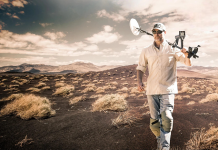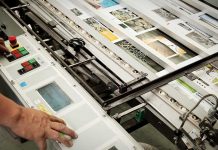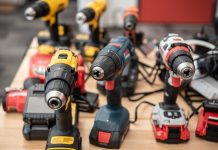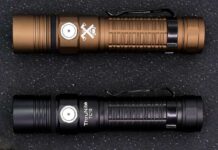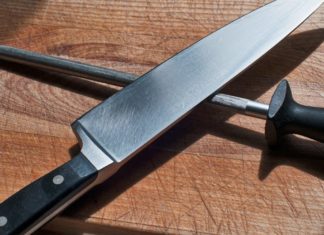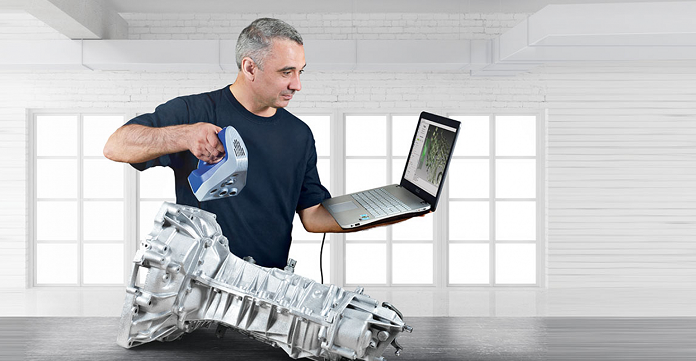
So, you’ve been 3D printing a variety of objects for quite some time now and find it to be more fun than complicated. Although it’s still a relatively recent production method, 3D printing is fast and easy once you have all the right gear. In fact, the one thing that’s actually complicated about 3D printing is designing a digital model of the object you want to create. For that, you need some extensive knowledge in 3D modelling and design programs.
In a best-case scenario, you can find a ready-made 3D model of the object you want to produce online. But it’s not always that easy. What happens when you want to recreate an object that exists in the real world but you can’t find any digital model of it? Well, in this situation, using a 3D scanner for 3D printer is the best solution.
What Is a 3D Scanner for 3D Printer?
A 3D scanner is a device that can analyse a physical object and collect data on key characteristics such as shape, dimensions, colour and thickness of the material. After it analyses the object, the scanner can transform it into a digitalized model which can be used to produce a 3D replica of it. But before you print the object, you have the freedom to tweak some of its characteristics. As a result, you can easily fix some faults or change some features of the original object that you don’t like.
What Types of 3D Scanners Are Out There?
Just like 3D printers, there are also different types of 3D scanners to choose from. Currently, there are three commonly used types of 3D scanners for professionals and home users alike. The first 3D scanners invented, contact-based 3D scanners, have a carriage system and a control flatbed where the object should be placed. The object is then scanned with arms that take measurements from all angles. However, if you don’t want the scanner to come in any contact with the object, other types of scanning might be a better choice.
Like for instance, structured light 3D scanners which use a combination of stereoscopic cameras and structured light to create a 3D model. The only downside to this type of scanning is that it can take some time as it needs to scan from numerous different positions. A faster way would be to use a triangulation (laser) scanner, which is also considered to be the most accurate type of 3D scanner. This type of scanner uses a laser beam and cameras which record where the beam and object intersect. However, one downside to laser scanners is that they can only work at a range of just a few meters, which means they aren’t suitable for analysing very large objects.

